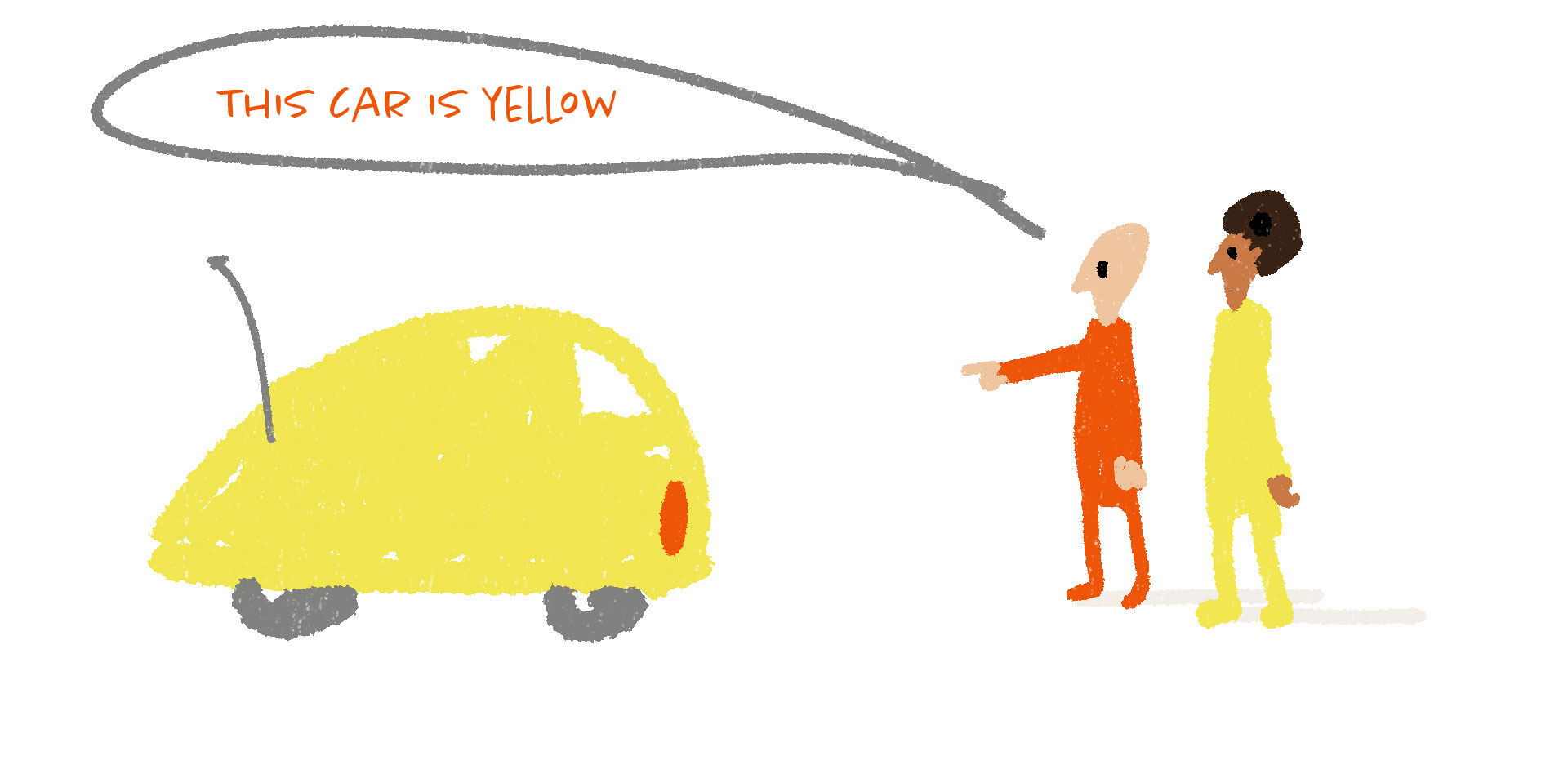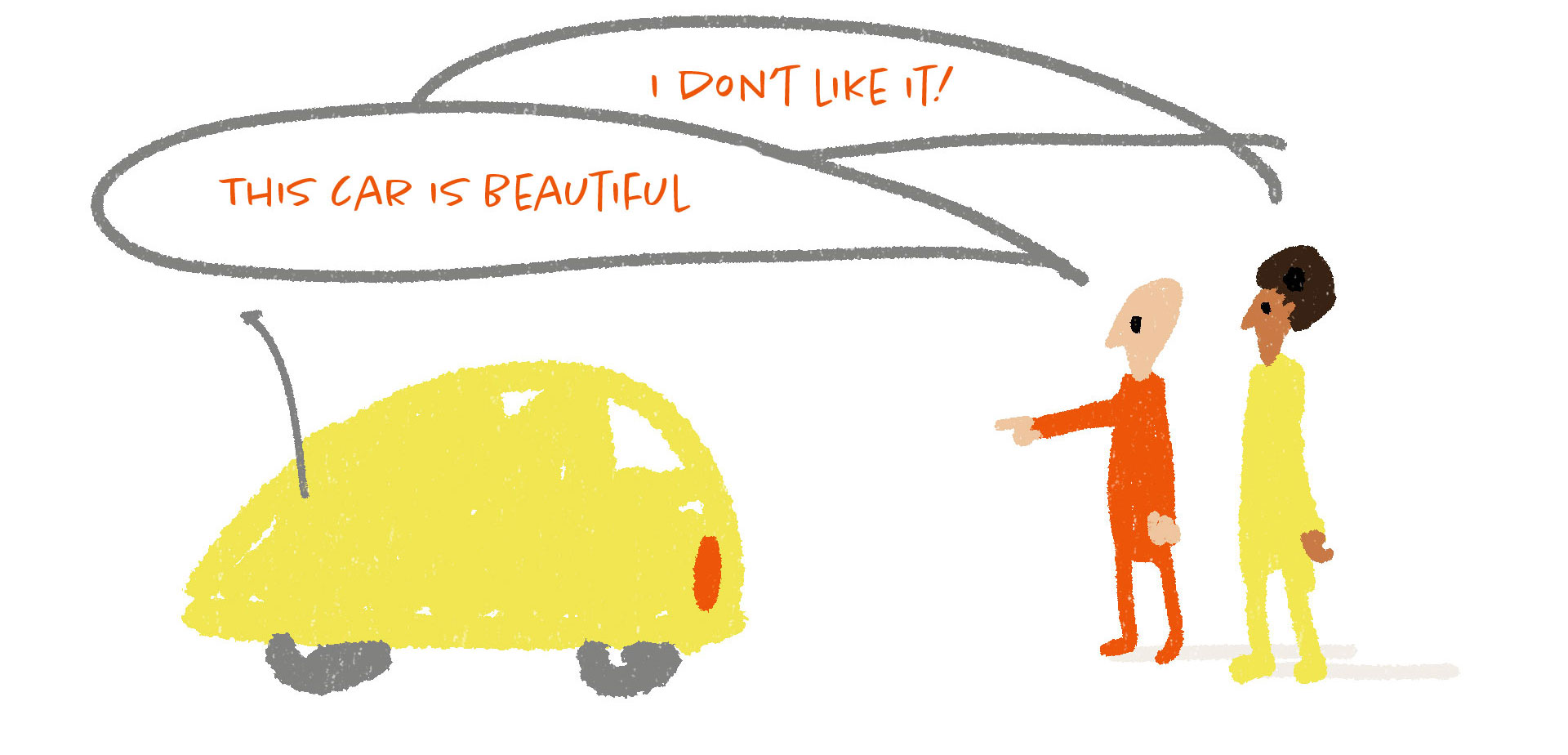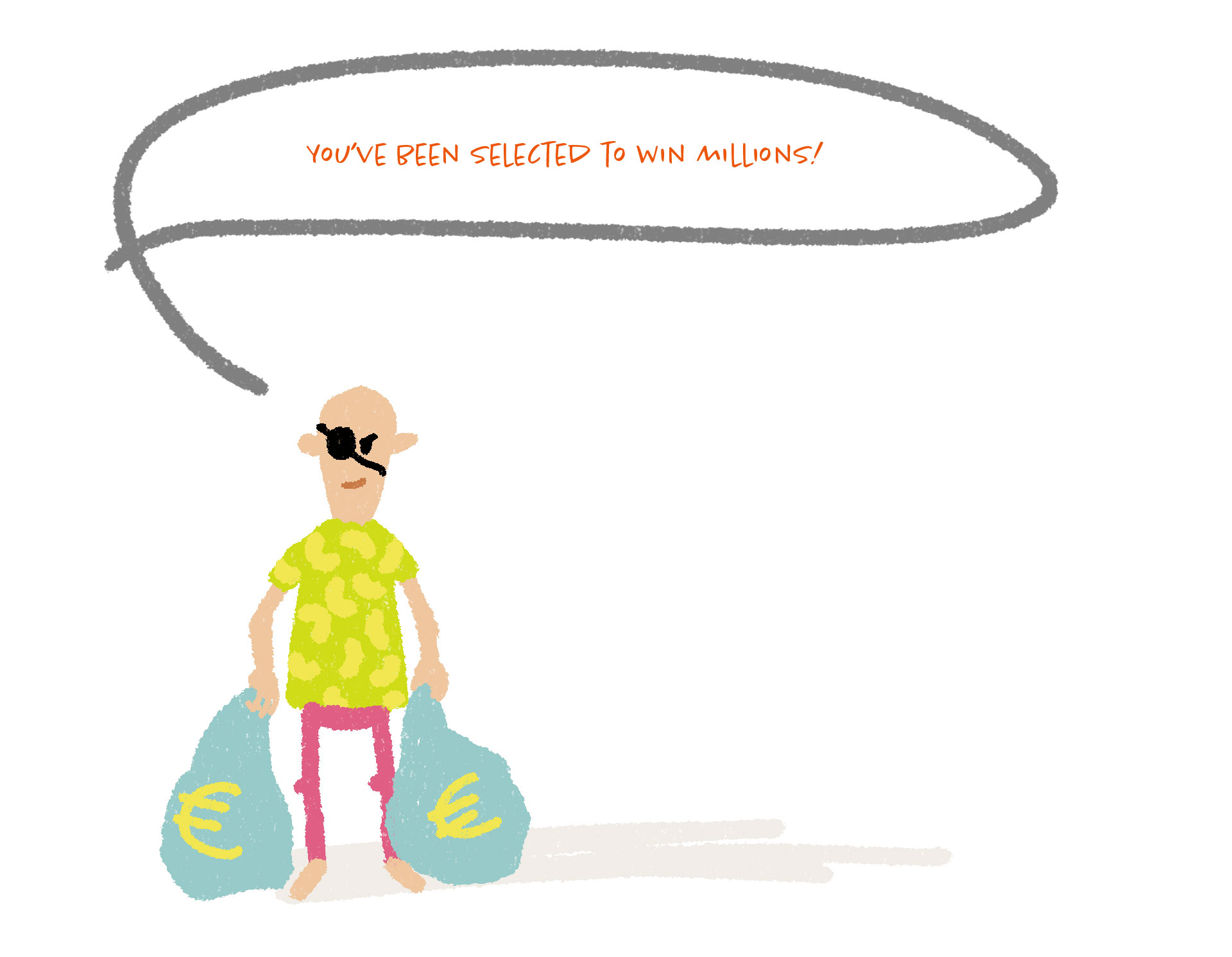Information is helpful and important in our lives. Let’s take an example: Your school teacher tells you about the old Egyptians and their writing on stone tablets, and you think - That’s pretty nifty! Away you go and look it up on the internet. There you find that they recorded their stories with special pictures, like cartoons.
When I was a young boy, the internet hadn’t been invented yet and we looked things up elsewhere. Books, newspapers, TV, radio can also be our source of information, as can our friends, teachers and parents.
Information can be true, incorrect, or completely untrue. At other times it may be none of the above and that is called an opinion. An opinion is what someone thinks about a subject. We may disagree about an opinion, so it is important to know whether something is an opinion or fact.


Fake news on the internet and elsewhere is sometimes published deliberately to make people believe something the writers know to be untrue.
At other times a story may be true in part but its writers have not checked all the facts before publishing the story. That means some of the facts are not true.
How do we learn to tell the difference between true and false stories?
Here’s what to do when you’re not sure if a story is real:

Look up the story on other websites, publications or books. If the story appears on trustworthy sources such as well known news sites, there is more probability that the story is true. Fact-checking websites like snopes.com can also be particularly helpful.
Sometimes an old news story makes a comeback. Always look at the date it was written or search for the source of the news through a search engine to check if it’s just old news.
Always talk with your parents. It’s good to go online together and discuss with them what you’re looking for, and how you go about looking for it. Discuss with grownups what is real and reliable, and what is not.

People who sell products sometimes pay others to write nice things about their product. Always look out for words such as ‘Advertorial’, ‘Sponsored’ or ‘Promoted’ in small letters above or below an article. People who are paid to sell something might only mention the good things and not tell the whole story.

This is like advertising but for politicians and powerful people. Some newspapers, TV and radio stations are financed by a government or by political parties. These are meant to sell their ideas and gain power. They aren’t always honest. It’s always better to get your news on sources which are independent.

If you receive a message from someone who wants to give you a million pounds or euros out of the goodness of their heart, it is most probably not true. It might be a trap to get you to give them money or personal information.
News headlines are short and may sometimes not give you the whole picture. Read the complete article to make sure you understand the whole story.
Make sure your information is correct before fussing on the look of your school projects. Remember that the content is more important than what it looks like.